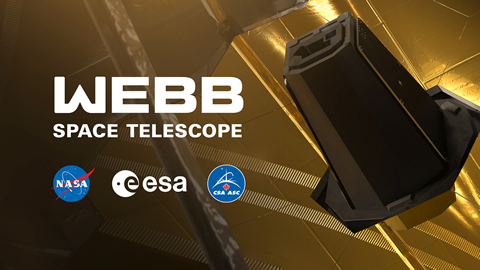SteveB
Well-known member
Hi all.
The present day goal is July 12, 2022 for the James Webb Space Telescope to start showing imagery.

 www.nasa.gov
www.nasa.gov
So, for those who have been waiting with baited breath.....
3 weeks and a day....
The present day goal is July 12, 2022 for the James Webb Space Telescope to start showing imagery.

Webb Image Galleries - NASA Science
Latest Images – 2024 Webb’s most recent images released by NASA in 2024, displayed in reverse chronological order. The image below is a SLIDESHOW. Hover over the image to see the image title and controls. Click the image to go to a detail page with more info and the ability to download the image...
So, for those who have been waiting with baited breath.....
3 weeks and a day....

